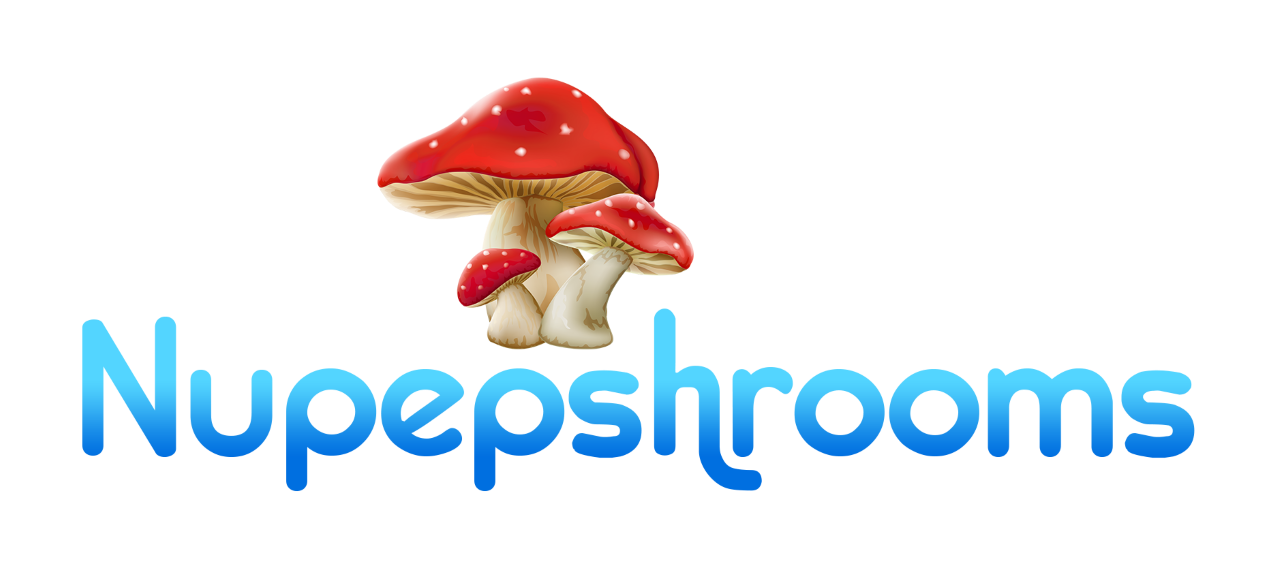Shrooms
Is It Safe To Consume Alcohol While Taking Psilocybin?
Introduction
Answered on this page:
What is psilocybin and how does it impact the body?
What is alcohol and how does it impact the body?
What are the expected effects from mixing alcohol and psilocybin?
What is a safe amount of alcohol while using psilocybin?
What are the general risks of polysubstance use?
History of Psilocybin
Over the last twenty years, discussion about psychedelics (including psilocybin) has become increasingly more normalized, in both medical research and in day-to-day life. When coupled with shifting societal standards and small-scale pushes towards legalization, people have become more curious about the role psilocybin could play in their lives.
Psilocybin: What is it and What Does it Do in the Body?
In spite of this renewed interest, there have been significant bottlenecks to researching psilocybin historically. It being listed as a Schedule 1 substance under the Controlled Substances Act made research almost impossible until the floodgates opened in the early 2000s.
Mixing Psilocybin and Alcohol
This has also led to a rise in research into polysubstance use, and especially around mixing alcohol with psilocybin.
In this article, we will briefly explain what psilocybin and alcohol are and how they impact the body. We’ll also explore the literature that covers mixing psilocybin with alcohol and evaluate the relative safety concerns.
Disclaimer: Hey reader, we are not doctors! We’re doing our due diligence to try and find the best resources available, but if you have questions about medical issues, you should consult your doctor
Psilocybin: What is it and what does it do in the body?
Psilocybin is a naturally occurring psychedelic compound found in certain types of mushrooms. It is primarily found in subtropical humid forests but can be found all over the world except for Antarctica. Psilocybin is present in both the caps and the stems of the mushrooms, with the caps having a higher concentration. When consumed, psilocybin is metabolized into psilocin, which is the main psychoactive substance in mushrooms. Psilocin acts as a serotonin receptor agonist, leading to changes in mood and perception.
The effects of consuming psilocybin can vary widely depending on the individual and the setting. Common effects include feelings of euphoria, restlessness, dilated pupils, and visual and auditory hallucinations. Negative side effects can include nausea, heart rate modulation, and bad trips which can cause anxiety, panic attacks, disturbing visions, and paranoia.
Conclusion
Recent research has been conducted to better understand the experience of bad trips and their effects. Studies have found that negative experiences are more likely to occur in individuals who are inexperienced with psychedelics and have consumed a high dosage. Additionally, consuming alcohol prior to taking psilocybin may also increase the likelihood of a negative experience.
